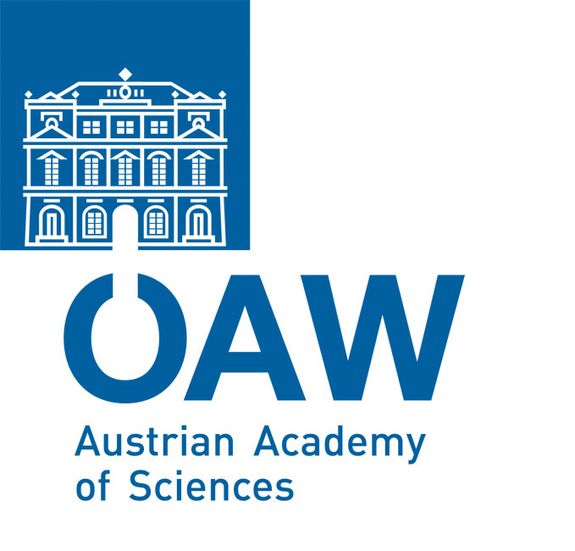Mit Prof. Kari Jormakka verliert die Technische Universität Wien einen ihrer profiliertesten Lehrer und Wissenschaftler und das Institut einen beliebten Kollegen. Unser Mitgefühl gilt besonders seinen Angehörigen.
Obituary Kari Jormakka
"Curiosity is a vice that has been stigmatized in turn by Christianity, by philosophy, and even by a certain conception of science. Curiosity, futility. The word, however, pleases me. To me it suggests something altogether different: it evokes "concern"; it evokes the care one takes for what exists and could exist; a readiness to find strange and singular what surrounds us; a certain relentlessness to break up our familiarities and to regard otherwise the same things; a fervor to grasp what is happening and what passes; a casualness in regard to the traditional hierarchies of the important and the essential."
Michel Foucault, "The Masked Philosopher"
Kari Jormakka died unexpectedly on January 13, 2013. With Kari, the scholarly community has suffered the great loss of an exceptionally learned theorist. He was a thinker who not only commanded the history of architecture and its theory, but also maneuvered capably through the field of philosophy and many - sometimes seemingly all - of its related disciplines. His personal library could keep a small town reading for months. His interests ranged from architecture, the Medieval, to the origin of the Self and Shame, Propaganda and on to Hegel, Marx, Wittgenstein and the Paleolithicum. Most were impressed - some even frightened - by the knowledge he possessed, which he ably expressed in seminars and lectures, as well as in his writing. His dissertation referenced five hundred citations; he chose the number for the sake of its beauty. Those who have studied his texts appreciate his ability to combine scholarly craft with accessible and readable form; his writings aroused curiosity and opened new arguments. Those who have seen him lecture know the enthusiasm with which he presented his arguments, and the care he put into choosing his images and citations. Only in Kari’s lectures could one find Hildegard von Bingen, Le Corbusier and Edward S.Curtis’ beautiful pictures of Navajo Indians. He used his lectures as a testing ground for the arguments he put forward in his books. Thus, his lectures were constantly in a process of evolution, and provided new intellectual experiences for each generation of students.
Kari was a committed advocate for substantial and meaningful architecture. He was, we think, convinced that there were few tasks as important as this. This advocacy lay at the foundation for his commitment to teaching. Few others were willing to spend so many hours with students, discussing their designs and papers. Few people could match Kari's rare critical capacity to truly listen to others' opinions, contributions, and positions and immediately identify their creative value or logical inconsistency. For all those fortunate to engage in discourse with Kari, the experience was not only impressive, but also inspiring and uplifting.
With Kari's passing, we have lost a friend, a colleague, and an extraordinary human being. The faculty has lost one of its most distinguished, engaged, and prolific scholars. One who pursued not only his own scholarly inquires, but also the intellectual betterment of his students, the professional development of his team, the advancement of the faculty of Architecture and Planning, and the progress of the entire University.
To engage in theoria in Classical Greece meant to leave one’s familiar surroundings and undertake a journey for the sake of learning. Only through this personal, social and geographical displacement, could one obtain new perspectives and be able to observe the world with the distance that is necessary for curiosity and wonder. Aristotle reminds us "[i]t is through wonder that men originally began, and still begin, to philosophize, wondering at first about obvious perplexities … experiencing perplexities about greater matters." It is this wonder, we think, that the department of architectural theory was engaged in; during his years there, Kari worked hard to show us - and so many others - how wonder is, in and of itself, the pursuit of knowledge. Finally, there is one etymological coincidence that often made Kari smile. The leader, or guide of theoria was called architheoros. We, the department of architecture theory and all friends and colleagues, painfully lost our architheoros. Our thoughts, however, are with his loved ones.
The a-theory team and the faculty for architecture and planning








